CALL for PAPERS
The call for paper is written below in detail. Please open the session of your interest.
Special session 1. Next-Generation Data Communication ~Optical Fiber and Glassy Electronic Circuit Board~
Madoka Ono (Tohoku University), Kazuhide Nakajima (NTT)

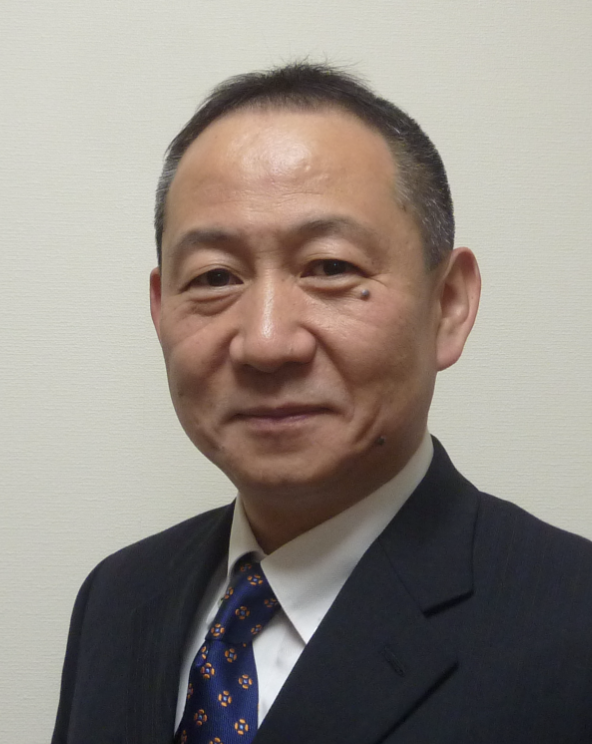
This session will address all technical aspects and visionary proposals to support the sustainable growth of optical data communication infrastructure to support a data-driven and AI-based future society. It will cover all optical communication and data processing technologies using silica glass, polymer glass, and organic glass. Topics of interest include, but are not limited to, fiber optic cables, optical components, optical transmission, digital signal processing, modeling, and strategies for next-generation optical communications and optical data processing.
Special session 2. Battery and Ionic Conductor
Naoto Kitamura (Tokyo University of Science), Atsushi Sakuda (Osaka Metropolitan University)
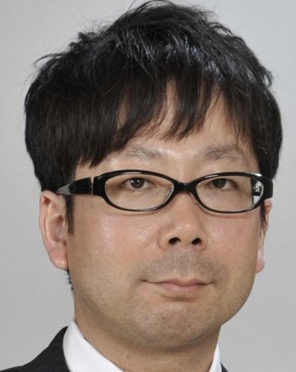
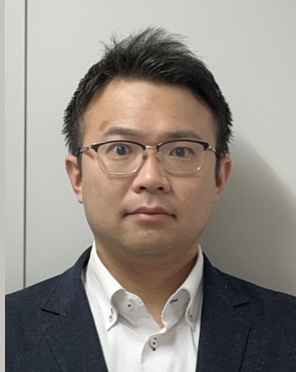
This session will address all fundamental aspects of glassy and amorphous materials for batteries and ionic conductors. Topics of interest include, but are not limited to, new materials for batteries, ionic conduction mechanisms, structure and physical and chemical properties of ionic conductors, electrode active materials, composite electrodes, solid-solid interfaces and interfaces.
3. High-Entropy Glass and Metallic Glass
Tetsu Ichitsubo (Tohoku University), Hidemi Kato (Tohoku University)
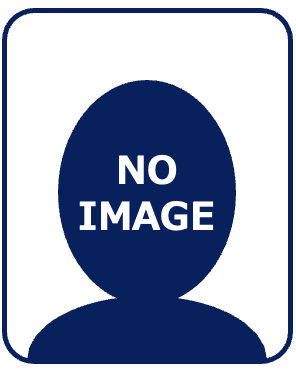

This session will cover fundamental aspects of metallic glass physics. Specific topics include:
- Structure, short- and medium-range order
- Glass transitions, relaxation, atomic mobility
- Elastic and plastic deformation, fracture, viscous flow
- Functional properties such as magnetism
- High-entropy effects in the fundamental physics of metallic glasses (including other glassy materials)
4. High-Strength Glass
Atsunobu Masuno (Kyoto University), Satoshi Yoshida (AGC Inc.)
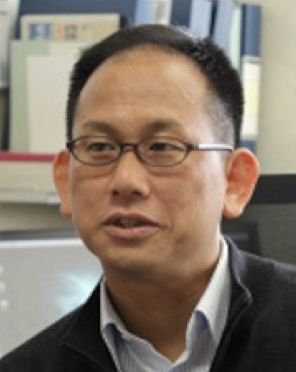
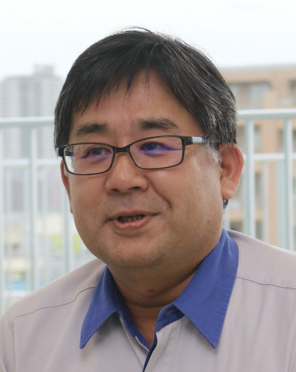
The purpose of this session is to present and discuss recent developments in high-strength glass along with the latest topics in basic and applied research on the mechanical properties of oxide and non-oxide glasses. The structural origins of elasticity, plasticity, and crack nucleation will be discussed in this session with the aim of designing glasses with excellent toughness and damage tolerance. Topics include, but are not limited to, a combination of experimental and modeling of the stress-response of glasses; the atomistic perspective of a crack embryo; and the rate- and size-dependent deformation and fracture; and the chemical aspect of fracture.
5. Crystallization of Glass
Tsuyoshi Honma (Nagaoka University of Technology), Kenji Shinozaki (National Institute of Advanced Industrial Science and Technology)
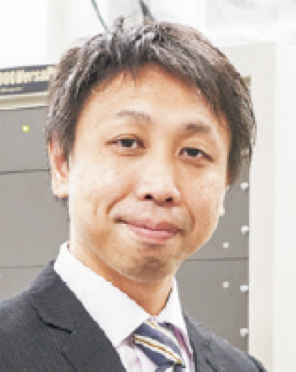

This session will focus on understanding crystallization of glasses from experimental, simulation, and theoretical aspects. Oxide, non-oxide, organic, and metallic glass will be covered, and a wide range of crystallization-related topics will be discussed, including precursor phenomena such as phase separation, effects of nucleation reagents, functions, and processes.
6. High Pressure
Tomoko Sato (High Energy Accelerator Research Organization), Yohei Onodera (National Institute for Materials Science)
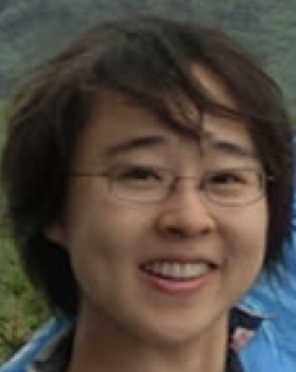
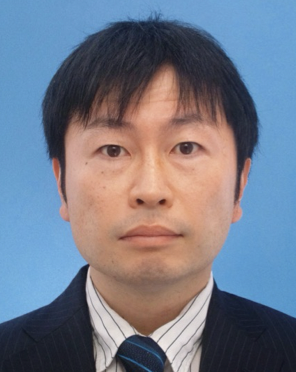
This session will focus on fundamental aspects of the structure and properties of non-crystalline solids under high pressure. Submissions providing insights into the high-pressure behavior of non-crystalline solids, including densification, crystallization, structural transformation, and high-pressure synthesis of new advanced materials, are welcome. Submissions on all types of non-crystalline materials, including oxides, non-oxides, metals, and organic materials, are welcome. This session will also address new measurement techniques, including in situ measurements of structural and physical properties. Experimental, simulation, and theoretical studies are all welcome, and interdisciplinary research is especially encouraged.
7. Glass Transition and Related Dynamics
Maiko Kofu (The University of Tokyo), Osamu Yamamuro (The University of Tokyo)

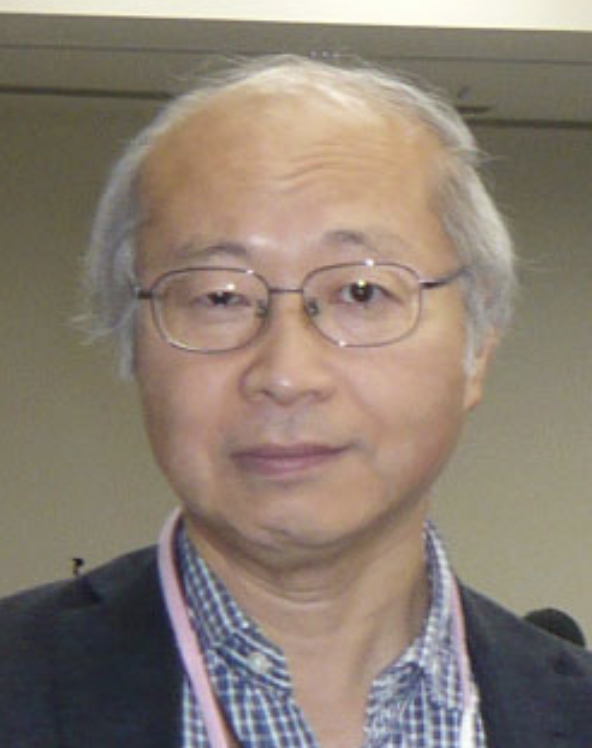
Glass transitions, in which viscosity and structural relaxation time divergently increase and the structure is frozen, is one of the most important unsolved problems in the physics of non-crystalline systems. This session will address experimental and theoretical studies on fundamental aspects of the glass transition and related dynamics. All glass-forming systems will be covered, including inorganic, molecular, polymer, and metallic glasses. The topics of interest include, but are not limited to, various relaxation phenomena and dynamical processes related to the glass transition, e.g., fragility, non-exponentiality, structural/dynamical heterogeneity, fast/slow beta relaxations, boson peak, aging, etc.
8. Structural Characterization of of Non-Crystalline Solids and Melts
Koji Kimura (Nagoya Institute of Technology), Akitoshi Mizuno (National Institute of Technology, Hakodate College)
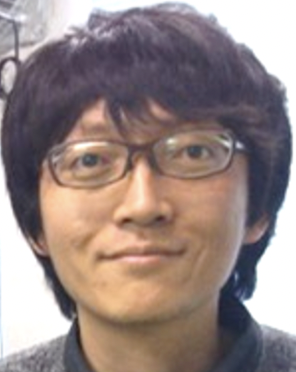
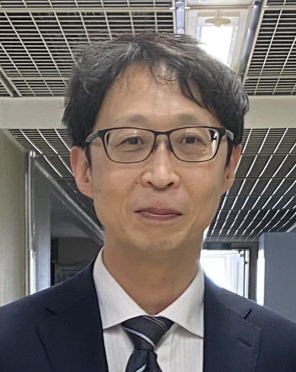
This session will address all structural aspects of non-crystalline solids and melts, including metallic and non-metallic glasses and liquids; structural analysis by any technique is welcome, including X-ray diffraction, neutron diffraction, electron diffraction, X-ray absorption, nuclear magnetic resonance, Raman and infrared spectroscopy. Topics include, but are not limited to, structure-property correlations, intermediate-range order in glasses and melts, structural modeling based on experimental data, levitation techniques, and development of new experimental and analytical methods.
9. Fundamental Properties and their Characterization Techniques of Non-Crystalline Solids and Melts
Hirofumi Tokunaga (AGC Inc.), Toru Sugawara (Akita University)


This session will focus on the fundamental properties of non-crystalline solids and melts. It covers a wide range of subjects including viscosity, thermal expansivity, heat capacity, enthalpy, thermal conductivity, electrical conductivity, phase transitions, redox reaction, acid-base reaction, element diffusion, volatilization, gas solubility, dissolution etc. In this session, scientists will present latest knowledge and advances in those properties and their characterization techniques.
10. Atomistic Simulation and Modeling of Glasses
Masahiro Shimizu (Kyoto University), Atsushi Ikeda (The University of Tokyo)


This session is dedicated to atomistic simulation and modeling of supercooled liquids and glasses. The session will discuss important issues on various properties of glass systems, including static structure, solid state properties (thermal, mechanical, optical, etc.), dynamic processes (structural relaxation, crystallization, phase separation, diffusion, rheology, etc.), and chemical properties. In this session, various target materials (e.g., inorganic, molecular, metallic, and polymeric glasses) and simulation methods (e.g., classical molecular simulations, irst-principle molecular simulation, simulations using machine learning potentials, structural modeling combined with experimental methods ) will be covered.
11. Non-Crystalline Solids by Specific Production Methods
Koichi Kajihara (Tokyo Metropolitan University), Satoshi Horike (Kyoto University)


This session will explore non-crystalline solids synthesized by nonconventional and/or unique production methods along with their structures and properties. The main topics covered by this session include wet-chemical synthesis (sol–gel and other solution-based methods), mechanochemistry, containerless melting, ultrafast cooling, and vapor-phase methods. Substances range from ceramic and metallic glasses to molecular glasses including organic-inorganic hybrids and metal-organic frameworks (MOFs). Other novel non-crystalline materials and their production methods are also welcome.
12. Luminescent Glasses and Ceramics for Photonic Applications
Jumpei Ueda (Japan Advanced Institute of Science and Technology), Kazuro Kizaki (Tohoku University)
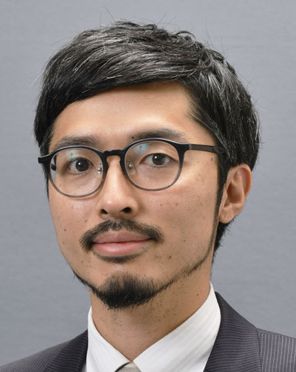
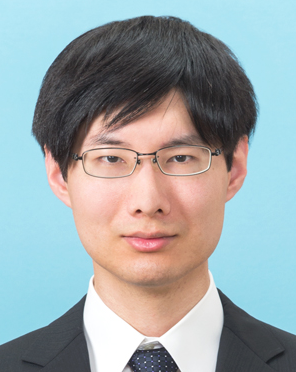
This session will comprehensively cover fundamental aspects of optical materials, with a particular focus on rare earth and transition metal ions doped glasses and ceramics (but not limited to those), discussing state-of-the-art experimental and theoretical findings for photonics applications such as lasers, solid-state lighting, persistent phosphors, scintillators, dosimeters, optical thermometers, and more.
